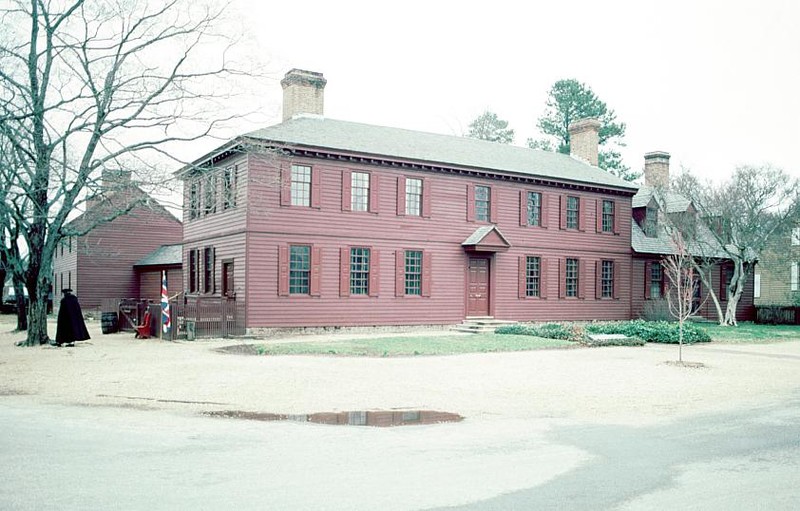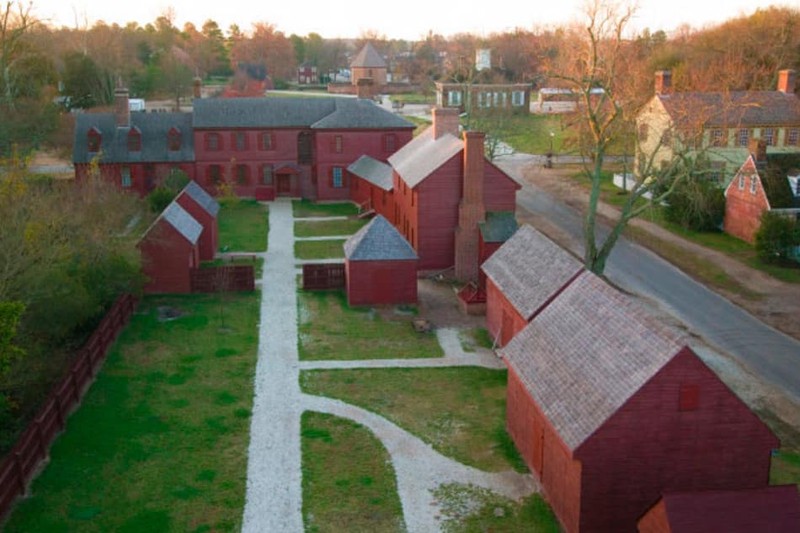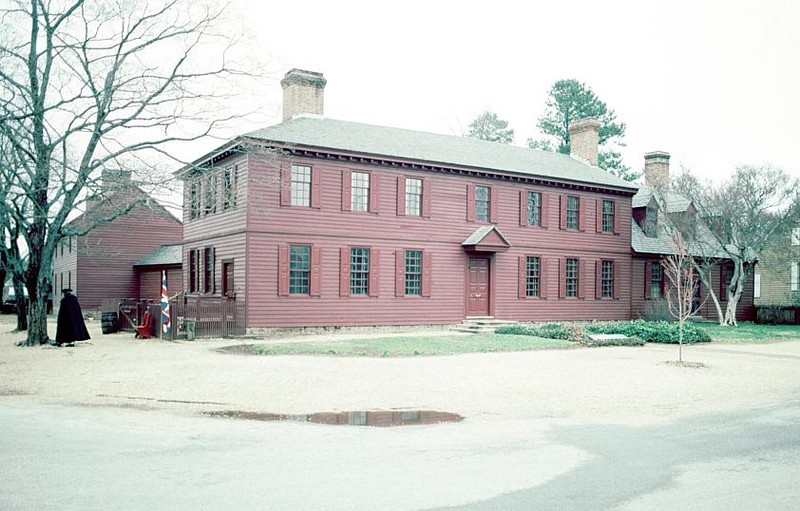Peyton Randolph House
Introduction
Text-to-speech Audio
This historic Williamsburg estate was built in 1715 by William Robertson and purchased by Sir John Randolph in 1724 and was passed down to his son Peyton Randolph, the first and third President of the Continental Congress. As the estate was passed down the family, it was expanded. for example, Peyton Randolph joined the original structure on the west to the part of the home that was constructed by the next generation. The home has hosted several notable guests, such as George Washington and the Marquis de Lafayette. The home was also used as a field hospital following a Civil War battle in Williamsburg in 1862. Colonial Williamsburg acquired and restored the house in the 1930s. The home is now part of the Williamsburg Historical District and serves as a house museum. The home was added to the National Register of Historic Places in 1970.
Images
Peyton Randolph House

Rear View of the house


Backstory and Context
Text-to-speech Audio
Standing near the center of Colonial Williamsburg, the Peyton Randolph House is a well-preserved example of early 18th-century architecture. Built in 1715 by William Robertson, it was purchased by Sir John Randolph in 1724. Peyton Randolph, Sir John's son and the first President of the Continental Congress, would inherit the property and do extensive modifications to it. As Peyton had no children, the house was auctioned off after his death and that of his wife.
By the time of the Civil War, the property would come into the possession of the Peachy family. During the war, the house would serve as a makeshift hospital for both sides during the Battle of Williamsburg in 1862. Colonial Williamsburg would acquire the house by 1938, though it was not without complications. Upon attempting to restore the east wing of the house, it was discovered that it was built on top of at least two Native American burial sites. The sites were disturbed by the construction of the Colonial Parkway in 1941
When William Robertson built the house, it consisted of two floors with four rooms on each and a north-facing porch. Sir John Randolph added a second building to the property, this one only having 1 1/2 stories. Peyton Randolph joined the buildings together in 1782. By the time Colonial Williamsburg acquired the property, the original east wing needed to be torn down and reconstructed. Since the restoration, the interior of the house has been furnished with decorations and furniture appropriate for an early to mid-18th century home.
Cite This Entry
Robert Strider on behalf of Appalachian Studies Association and Clio Admin. "Peyton Randolph House." Clio: Your Guide to History. December 28, 2024. Accessed April 7, 2025. https://theclio.com/entry/32243
Sources
National Register of Historic Places Nomination Form. National Parks Service. http://www.dhr.Virginia.gov/registers/Cities/Williamsburg/137-0032_Randolph,Peyton,House_1970_Final_....
Peyton Randolph House. The Colonial Williamsburg Foundation. https://www.history.org/almanack/places/hb/hbran.cfm.

